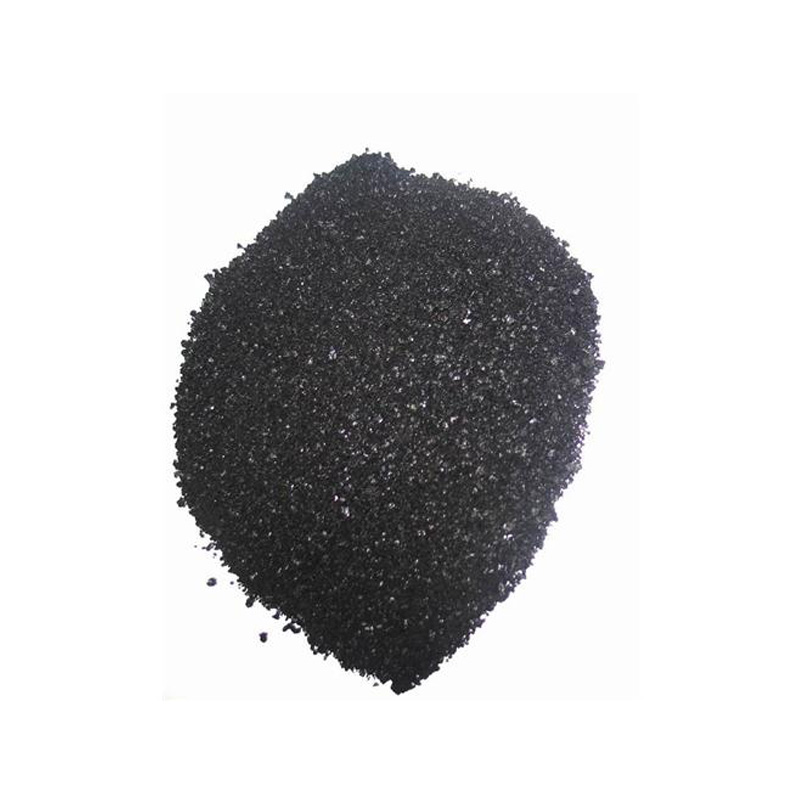indigo dyestuff product
The Allure and Impact of Indigo Dyestuff
Indigo dyestuff, derived from the indigo plant, has captivated human attention for centuries. Renowned for its rich blue hue, this dye has played a pivotal role in the textile industry and various cultural traditions around the globe. As we delve into the essence of indigo dyestuff, we uncover its historical significance, the process of its extraction, and its contemporary relevance in sustainable fashion.
Historical Significance
Indigo has a storied history that dates back to ancient civilizations. Its use can be traced to around 2500 BC, with evidence found in India, Egypt, and Peru. The significance of indigo extended beyond mere aesthetics; it was often associated with status and wealth, due to the labor-intensive process required for its extraction. In fact, indigo was so valuable that it was once referred to as “blue gold.”
In India, particularly, indigo played an essential role in the textile trade. The country became a dominating force in the production of indigo silk and cotton, which were sought after in Europe. However, British colonial rule led to the exploitation of indigo planters, subsequently resulting in the Indigo Revolt of 1859, a pivotal moment in India's struggle against colonial oppression.
The Extraction Process
The extraction of indigo dyestuff is an intricate process that reflects the deep connection between nature and craft. Traditionally, indigo dye is produced from the leaves of the Indigofera plant species. The leaves undergo a fermentation process, where they are soaked in water to promote organic breakdown. This process releases indican, a compound that is then transformed into indigo dye through oxidation.
The method of extraction varies significantly across regions. In some parts of the world, indigo is still cultivated and processed using traditional techniques that have been passed down through generations. In contrast, modern industrial methods often rely on synthetic alternatives, compromising the authenticity and environmental sustainability associated with traditional practices.
indigo dyestuff product

Contemporary Relevance
In recent years, the fashion industry has witnessed a renaissance of interest in natural dyes, including indigo. As consumers become more aware of the environmental implications of synthetic dyes, there is a growing demand for sustainable fashion practices. Indigo, with its rich cultural heritage and eco-friendly attributes, has emerged as a favorite among designers and consumers who prioritize sustainability.
Modern brands are tapping into the aesthetic qualities of indigo to create unique pieces that honor its history while embracing contemporary fashion narratives. From artisanal clothing lines to high-end fashion brands, indigo is being reinterpreted in innovative ways. Techniques such as shibori (Japanese tie-dye) and batik are being revived, showcasing the versatility of indigo in creating stunning patterns.
Furthermore, the resurgence of interest in indigo-dyed textiles has extended beyond clothing. Home décor, accessories, and artisanal crafts are also being infused with indigo hues, celebrating its beauty in everyday life. The unique qualities of indigo, such as its ability to develop a rich patina over time, resonate with consumers looking for items with character and a story.
Challenges and Future Outlook
Despite its revival, the indigo industry faces challenges. Climate change poses a significant threat to the cultivation of indigo plants, impacting their availability. Additionally, the trend toward fast fashion often undermines the principles of sustainability, as mass production can lead to the neglect of artisanal practices.
However, initiatives promoting sustainable farming and ethical production practices are gaining traction. By supporting local farmers and traditional techniques, the movement towards eco-conscious indigo textiles is becoming a beacon of hope in the fashion landscape.
In conclusion, indigo dyestuff embodies a rich tapestry of history, artistry, and sustainability. Its journey from ancient civilizations to contemporary fashion reflects a broader narrative about our relationship with nature and the impact of our choices on the environment. As awareness grows around the benefits of natural dyes, indigo stands not only as a symbol of beauty but also as a catalyst for positive change in the industry. Embracing indigo means honoring the past while paving the way for a more sustainable future.
-
The Timeless Art of Denim Indigo Dye
NewsJul.01,2025
-
The Rise of Sulfur Dyed Denim
NewsJul.01,2025
-
The Rich Revival of the Best Indigo Dye
NewsJul.01,2025
-
The Enduring Strength of Sulphur Black
NewsJul.01,2025
-
The Ancient Art of Chinese Indigo Dye
NewsJul.01,2025
-
Industry Power of Indigo
NewsJul.01,2025
-
Black Sulfur is Leading the Next Wave
NewsJul.01,2025

Sulphur Black
1.Name: sulphur black; Sulfur Black; Sulphur Black 1;
2.Structure formula:
3.Molecule formula: C6H4N2O5
4.CAS No.: 1326-82-5
5.HS code: 32041911
6.Product specification:Appearance:black phosphorus flakes; black liquid

Bromo Indigo; Vat Bromo-Indigo; C.I.Vat Blue 5
1.Name: Bromo indigo; Vat bromo-indigo; C.I.Vat blue 5;
2.Structure formula:
3.Molecule formula: C16H6Br4N2O2
4.CAS No.: 2475-31-2
5.HS code: 3204151000 6.Major usage and instruction: Be mainly used to dye cotton fabrics.

Indigo Blue Vat Blue
1.Name: indigo blue,vat blue 1,
2.Structure formula:
3.Molecule formula: C16H10N2O2
4.. CAS No.: 482-89-3
5.Molecule weight: 262.62
6.HS code: 3204151000
7.Major usage and instruction: Be mainly used to dye cotton fabrics.

